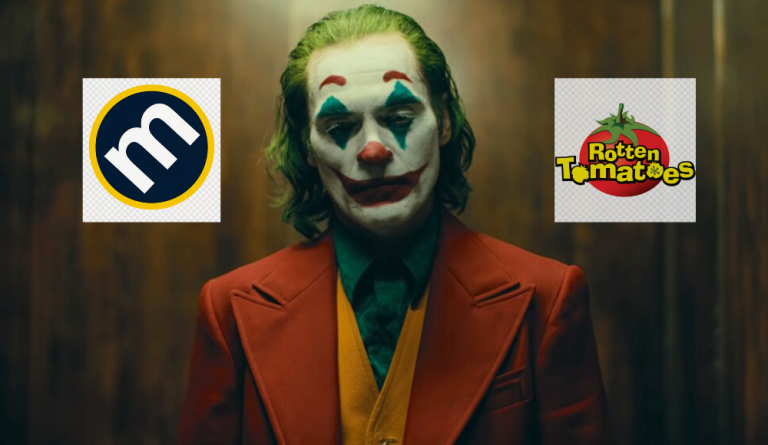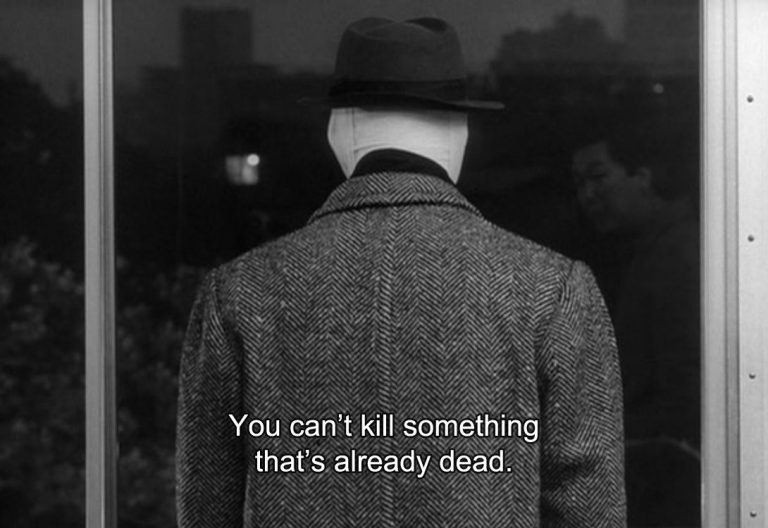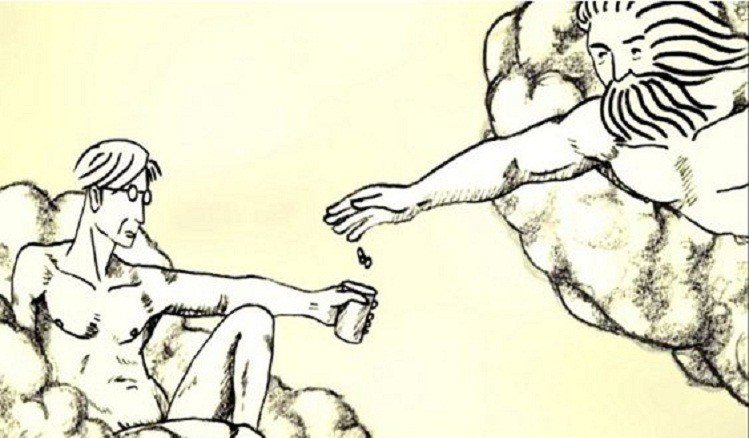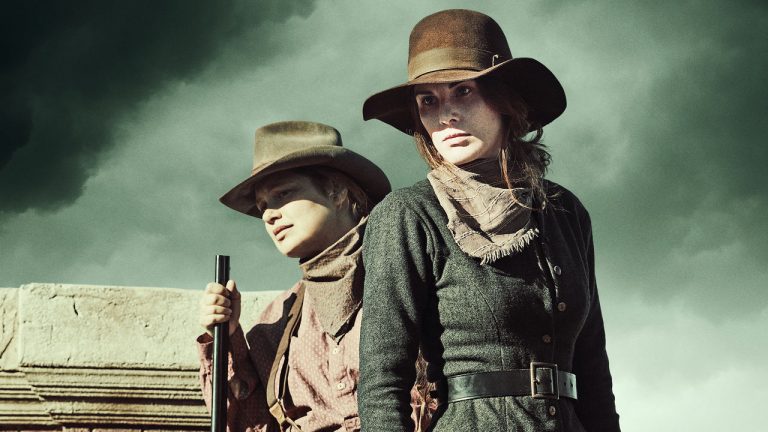A Key Greensman behind some of streaming’s top series proves that real environments still drive powerful storytelling
In the age of high-speed CGI and digital backdrops, it’s easy to forget one essential truth: the most powerful stories still need somewhere to live. While post-production wizardry can conjure entire universes, the emotional texture of a scene often comes down to something tangible — the crackle of gravel underfoot, a vine-draped ruin, or the shade of a real tree. As noted by the American Profession Guide, hybrid effects—blending physical and digital elements—are often favored because they offer a deeper sense of emotional realism than CGI alone. But who builds these lived-in, story-rich spaces when a green screen just won’t do?
To answer that, we turn to someone whose work consistently proves that physical design is still central to cinematic storytelling, not just in theory, but in execution across some of the most-watched shows in the world. Sergey Doronin is that expert, a Key Greensman and member of IATSE Local 873, North America’s largest union for theatrical and film professionals, as well as a member of ICAA (International Cinema Arts Association), an organization dedicated to advancing excellence in cinematic and artistic craftsmanship and fostering collaboration among top-tier industry professionals. With over a decade of hands-on experience, Doronin has quietly shaped the visual and physical backbone of hits like Reacher, based on the popular book series by Lee Child, the one and only Star Trek: Discovery, and Fubar starring Arnold Schwarzenegger. His work bridges artistry with logistics, turning raw locations into emotionally resonant environments that support narrative and performance alike.
Building Cities, One Park at a Time
To make cities in TV shows feel real, it’s not just about the big stuff. It’s the small, almost invisible touches that matter. “A crack in the sidewalk, a stray weed, or the way trees grow slightly uneven — those are the details that make the screen world feel like one we’ve actually been in,” Sergey explains. CGI can do a lot, but these physical textures are what truly sell the illusion.
Few realize that much of Amazon Prime’s Reacher — a show that became one of the platform’s top five most-watched series — was filmed in a custom-built outdoor set designed to resemble a small American town. The series was a hit. And it was also a benchmark for how physical realism could elevate a modern action series. Its grounded style and attention to detail set it apart in a crowded streaming landscape.
For this project, Sergey Doronin led the team that brought this environment to life. As Key Greensman Assistant, he led teams of up to 10 specialists, personally selecting crew members, evaluating their certifications — especially for heavy machinery — and assigning leadership roles within the department. They often worked in sub-zero conditions to carve landscapes, install vegetation, and create lifelike greenery in winter.
“You don’t just plant a tree. You really grow the entire mood,” Sergey says. “We think about soil type, leaf shape, even how shadows will move when the sun hits at 3 p.m. Everything contributes to the atmosphere.”
His team even transformed a wide-open field into a realistic park and neighborhood space, complete with trees, turf, and seasonal detailing. The impact was the total immersion. Viewers felt they were walking the streets with Jack Reacher himself. This commitment to realism directly contributed to the show’s critical and commercial success, including a 2024 Critics’ Choice Super Award and 1.7 billion minutes streamed in a single week.
And while recreating urban life has its challenges, things get even more interesting when the setting leaves the familiar behind and steps into the unknown, like the alien landscapes of science fiction.
When Nature Meets Sci-Fi
Science fiction walks a fine line between imagination and plausibility. Such shows love to take us to faraway planets and futuristic worlds, but even the wildest stories still need something to ground them. That’s where real, physical environments come in. They help strange settings feel relatable, giving the story weight and making it easier for us to believe in what we’re seeing.
Turning a conservation park into an alien jungle might sound like a task for visual effects specialists, but Sergey took a different route. For Paramount’s Star Trek: Discovery, he created a sprawling tropical set from scratch, ordering real palm trees from Florida and embedding them into the landscape of a Canadian park. The set appeared in the season’s penultimate episode, where the crew discovers an alien sanctuary — the palm-filled jungle needed to feel like an ancient, sacred place untouched by time. As the final season of a globally beloved franchise, Discovery had to deliver visually on every level.
A lot of sci-fi shows today rely on green screens and visual effects — just look at The Mandalorian or Foundation. But Star Trek has always taken a different path. Its designers and greenspeople build large, real environments that actors can walk through and interact with. This hands-on approach has earned the series praise from both fans and critics. Discovery, in particular, is known for its immersive design. For example, veteran designer John Eaves based the USS Discovery on unused concept art from the 1970s. From the blueprint-inspired title sequence to the ship’s maze-like interiors, everything was made to blend futuristic style with physical realism. The lush jungle set — brought to life with the help of Sergey and his team — became the logical continuation of the series’ standout features.
“We had to dig out frozen soil, stabilize tree pits, and camouflage irrigation lines — all while working on a tight production clock. But when you saw the actors walking through it, fully in character, it all felt worth it,” Sergey recalls.
His attention to detail helped Discovery remain among Nielsen’s top streaming series during its run. Critics praised the show for its visual ambition and atmospheric world-building, highlighting how physical design played a role in concluding this long-running sci-fi saga with impact.
Creating lush alien jungles is impressive, but what happens when the job is less about fantasy and more about functionality? Sometimes, it’s about solving practical problems under tight timelines and with real-world limitations. That shift — from fantasy to function — brings a whole new layer of complexity to production work.
Reinventing Chaos
Big-budget action shows don’t just need cool-looking sets. They need more: the sets that can take a beating. Whether it’s actors doing stunts or heavy equipment rolling through a scene, the design has to look good and hold up. It’s all about making things feel real while keeping everything safe and running smoothly.
In Gen V, The Boys spin-off set for release in 2025, Sergey tackles a unique engineering challenge: laying a realistic stone path on a studio set that could support the weight of industrial lift machines. He had to build the team himself, choosing experienced workers for a project that required both technical precision and long-term reliability. With a budget of $25,000 just for this portion of the set, his team ensured that not only would the path look right on camera, but it would also endure heavy use over months of shooting without a single repair. Following the breakout success of The Boys, Gen V arrived with high expectations. Its raw, chaotic energy demanded not just smart writing, but a believable, brutal world to match.
“By the end of the shoot, everyone kept walking over it like it was nothing — and that’s exactly what I wanted,” he says. “It means we did the job right. Quiet wins like that, they really stay with you.”
This kind of durability rarely gets attention in post-show coverage, but it’s crucial to keeping productions on schedule and within budget. As Sergey notes, the Production Manager herself expressed how impressed she was that the surface held under pressure, literally.
Grapevines in Concrete
But not every challenge is about strength or structure. Sometimes, the goal is to create a mood — something that lingers in the background but shapes the whole atmosphere.
For example, historical and dystopian dramas rely heavily on atmospheric detail. A single set piece can convey decades of imagined history. In these genres, nature is often used to symbolize decay, rebirth, or isolation. Physical design becomes a narrative tool, subtly reinforcing story themes and emotional arcs.
When Sergey worked on Apple TV’s SEE, he helped install elaborate vine systems inside a decommissioned power plant — a massive technical and visual task. The team had to drill into concrete walls and rig live vines that matched the post-apocalyptic tone of the show. As one of Apple TV+’s early big-budget originals, SEE stood out for its scale and ambition, blending wilderness with futuristic ruin to create something visually striking.
“We had to make the vines look like they had grown for decades. That meant blending real ivy with custom-fabricated tendrils, all anchored into 100-year-old cement without damaging the structure,” Sergey remembers. “It was more engineering than gardening.”
That same dedication carried through to his contributions on The Handmaid’s Tale and FUBAR, where he handled sets ranging from dystopian homes to military bases. Remember those eerie, ivy-covered walls and abandoned neighborhoods in The Handmaid’s Tale, where Offred walks in silence through empty streets that feel frozen in time? Sergey helped create that atmosphere. Each time, he served not just as a craftsman but as a problem-solving lead, coordinating materials, schedules, and crews with precision.
“I don’t call the shots like a director,” Sergey says, “but in my corner, I make creative and logistical decisions every single day. Choosing the right people, figuring out the timing, planning for weather is like directing the set before the camera even shows up.”
Streaming giants may continue investing in dazzling digital effects, but audiences instinctively respond to the imperfections of the real world like sunlight filtered through actual leaves, footsteps on uneven stone, rust creeping across a hand-built wall. These aren’t just details. And as long as stories aim to move us, they’ll need a place to live, somewhere real enough to believe in.


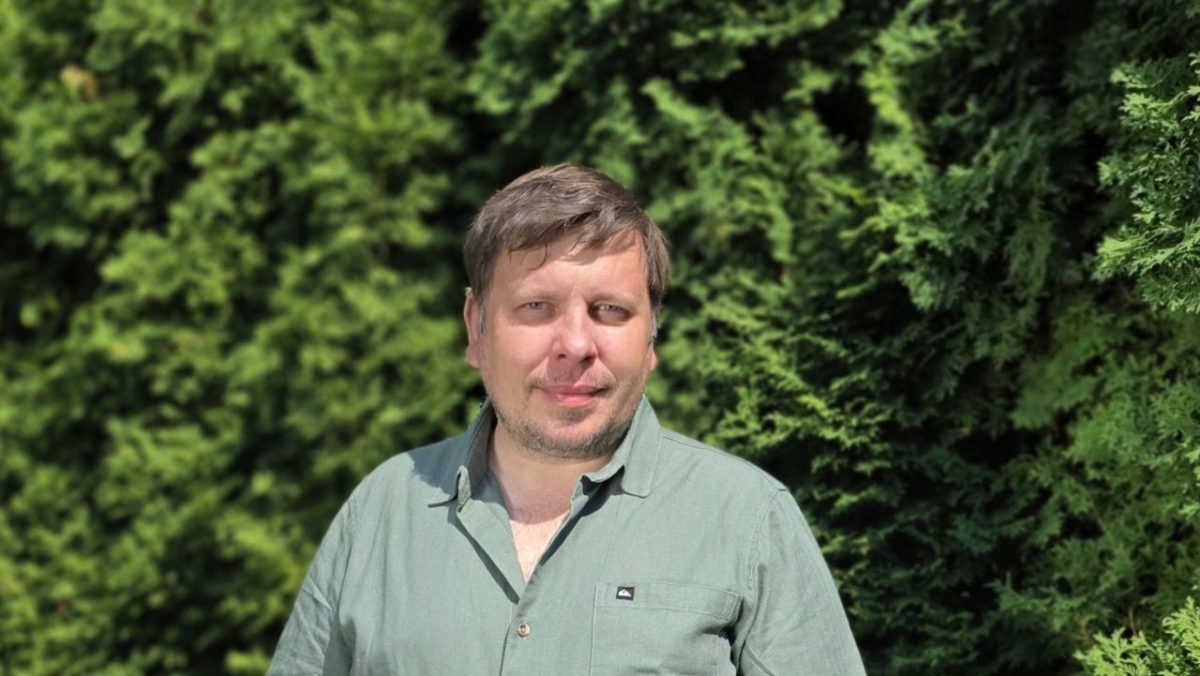
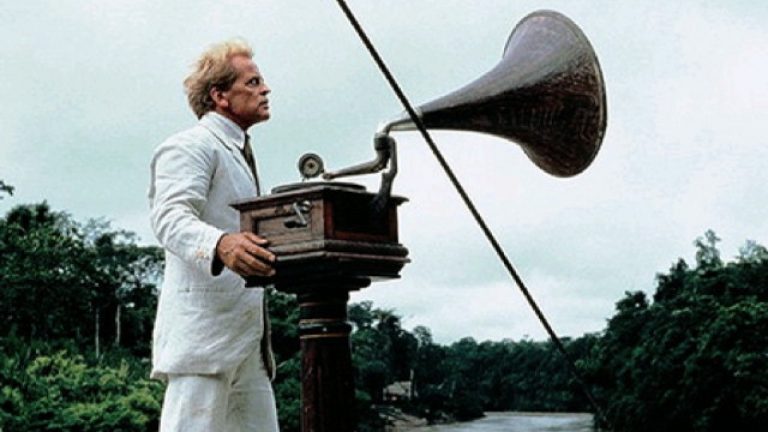
![Taxi Driver [1976] : An Existential Ride](https://79468c92.delivery.rocketcdn.me/wp-content/uploads/2019/06/Taxi-Driver-An-Existential-ride-High-on-Films-1976-768x433.jpg)
